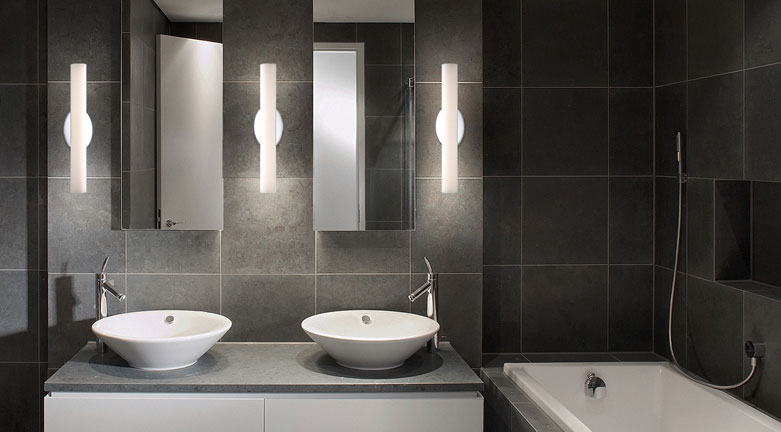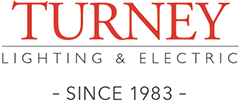In 2015 people spent a record $300 billion on renovations in their homes, and it’s predicted that spending in 2016 will set yet another record.* One of the most in-demand renovations is for bathrooms, often including an upgrade to LED lighting fixtures, along with other environmentally-sound products such as low-flow commodes to save water.

Why LED? Here are five tips to help you make the right decision.
1. Prices are Down – The growth of the LED lighting market has driven down prices of both bulbs and fixtures, so your upfront cost to upgrade to LED has gone way down. You may choose to just replace your vanity light bulbs with LED – or you may opt for one of the sleek new contemporary LED fixtures – or a mirror with embedded LED strips.
2. Style is Up – LED is cool – both in style and actual temperature. Designers are being freed of the old “bulb-and-socket” limitation in lighting design, and are creating amazing fixtures that cross the boundary from function to art. Gone are the old ugly flush mounts – replaced by sleek recessed LED lights, or subtle LED strip lighting around the mirror or the tub.
3. Natural Light Quality – Early LED products often had a sterile white or blue light reminiscent of office lighting. Today’s LED bulbs and fixtures mimic incandescent lighting to the extent that you can hardly tell them apart. Many fixtures are also dimmable, making them an excellent choice for bath lighting. New LED fixtures can also be much smaller because they are more efficient, so homeowners with smaller bath spaces can still have full illumination without oversized fixtures.
4. Connectivity – The next big lighting trend for many homeowners will be connectivity. LED lighting can be controlled from your smartphone or tablet with a lighting control app from companies such as Lutron, Leviton and legrand. Forget to turn off the bathroom light? Tap the app on your device and it’s done. Beyond the bathroom, digital control can also make your home more secure, allowing you to control your lighting remotely.
5. Energy Savings – The entire impetus behind the Energy and Independence Act of 2007 was to decrease our reliance on foreign energy sources. For lighting products, the law did not ban incandescent bulbs, but it set efficiency requirements that forced the lighting industry to come up with new ways to deliver energy-efficient light to step down energy use over 10 to 15 years. That resulted in the development of LED bulbs, which use dramatically less energy than old incandescent bulbs. The energy savings add up tremendously as homeowners replace hot, inefficient incandescent bulbs with cool LED.
LEDs will continue to light the way with style options, technology, energy efficiency and function. Don’t be left behind – talk to us about upgrading your bathroom lighting and join the LED revolution!
* MarketWatch “Here’s what’s behind America’s renewed mania for home renovation“


